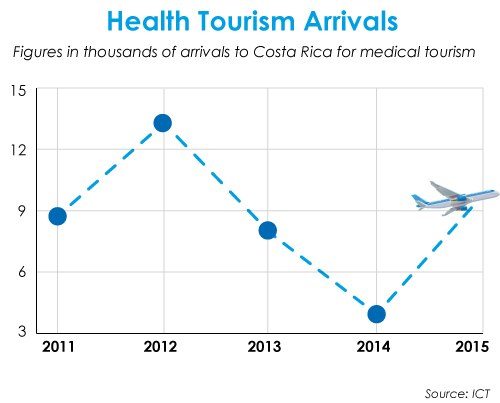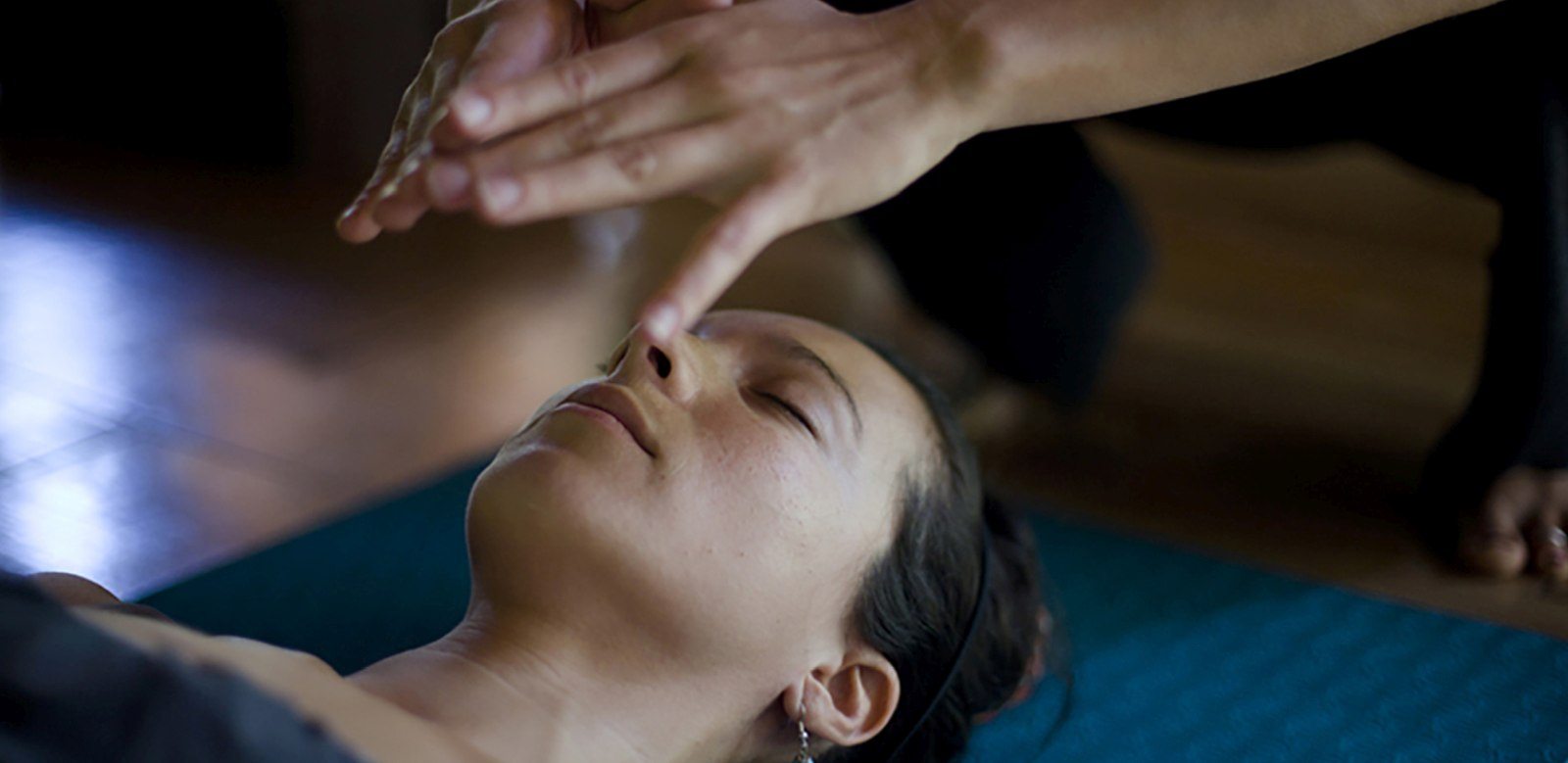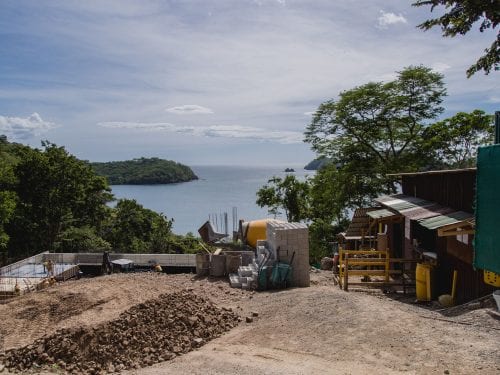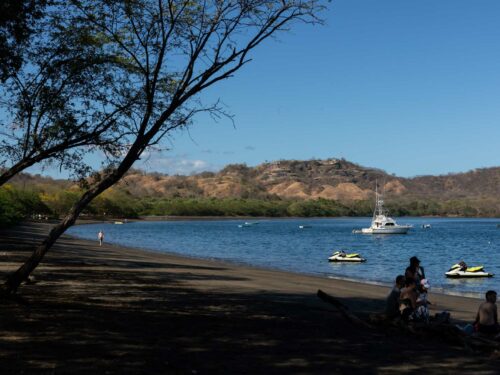
Plans to attract travelers who come to Guanacaste to get medical treatment have not come to fruition in spite of past and current work by chambers and leaders in the industry.
The explanations vary between how expensive it is for some health clinics to advertise abroad and the lack of concrete actions from business owners.
Although Liberia’s Daniel Oduber International Airport received more than a million visitors in 2016, those visitors have not translated into opportunities for the healthcare sector, according to doctors and leaders consulted by The Voice of Guanacaste.
Medical tourism, which consists of traveling to other countries to get healthcare that is more specialized or less expensive than in one’s home country, attracted 9,774 foreigners to Costa Rica in 2015, according to data from the Costa Rican Tourism Board (in Spanish, ICT). This represents a tiny part of international arrivals to the country (more than 2.6 million in 2015), but still represents thousands of arrivals during the last few years.

What happened to the plans?
Guanacaste hasn’t been left behind in the race to attract medical tourism due to a lack of interest.
In 2013 a group of businesses was formed called Guanacaste Health and Travel. This group did not thrive, although they still have an office in Guanacaste at the Costa Rican Chamber of Health (Promed), which dates from 2012.
Massimo Manzi, the director of Promed, explained that there is a digital marketing and international trade show strategy that promote Guanacaste as a medical tourism destination.
“We’ve built a network of suppliers from some 15 businesses that include healthcare centers, hotels, laboratories, clinics, and nutritionists, even air ambulances,” he said.
Although the Hospital Clínico San Rafael Arcángel, in Liberia, is part of the affiliated businesses, owner Walbin Sánchez explained that Promed’s plan did not work for his business because the hospital couldn’t afford the costs of marketing in other countries.
“We’re affiliated with Promed but international advertising is a cost that the hospital cannot pay,” he said.
Manzi, from Promed, explained that the chamber’s mission is to give their affiliates an accompanying platform that allows them to access international markets easier and at a lower cost.
“We attract potential buyers to the country, we organize business missions, and we attend international trade shows with a Costa Rican delegation. This allows us to combine efforts and reduce costs,” said Manzi.
The executive president of the Guanacaste Chamber of Tourism (in Spanish, Caturgua), Priscila Solano, said that in 2015 they heard about another Promed program that aimed to launch a training program for small and mid-sized businesses in the medical tourism industry.
However, Solano stated that the project was not continued and that the Chamber has not received any other proposals from anyone else.
Although the results of the projects are still far away, some healthcare professionals have started to notice an uptick of this kind of tourism.
“In the clinic we have seen an increase in the arrival of medical tourists due to the expansion of Daniel Oduber International Airport,” said Adriana Munera, odontologist at the OCI clinics in Tamarindo and Liberia.
Sánchez, from San Rafael Arcángel, said that in his case they have not seen an increase in visitors that come specifically to Costa Rica and Guanacaste for medical treatments.
Garza project moves slowly
The municipality of Nicoya also had a plan to create a medical center focused on tourists in Playa Garza de Nosara. This too has not come to pass.
Marco Ávila, council member for the district of Nosara, said that although the project does exist, for the time being it’s moving slowly because it is a massive project that will include a marina and private hospital.
“The idea is to create an eight- or ten-story private hospital and marina for cruise ships and large boats can arrive in Garza and, in turn, attract tourism from around the world,” said Ávila.
The council member explained that the investment would come from China, but they still need studies and there is no exact starting date or cost.







Comments